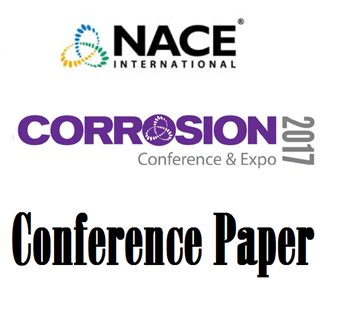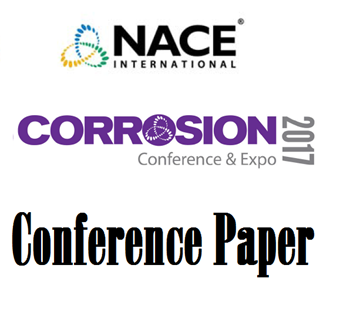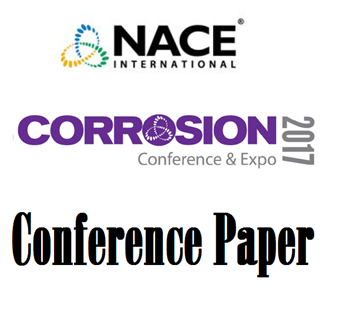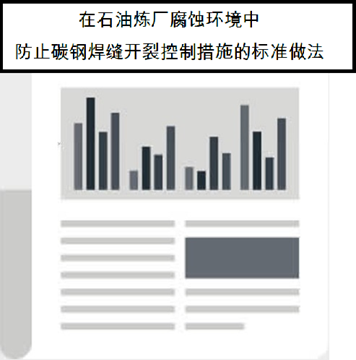Search
Products tagged with 'hydrogen embrittlement'
View as
Sort by
Display
per page
Oxidation and Hydrogen Embrittlement Behavior of Several Additively Manufactured Ni-Based Superalloys
Product Number:
51324-21117-SG
Publication Date:
2024
$40.00
Procedure Proposition using a Compact SENT Geometry for Fracture Toughness Assessment in Sour Environment
Product Number:
51321-16463-SG
Publication Date:
2021
$20.00
Revisiting Alloy K-500 with Improved Performance Limits for Short and Long-Term Subterranean Applications
Product Number:
51323-18787-SG
Publication Date:
2023
$20.00
Role of Hydrogen in Intergranular Corrosion of AA2024 Aluminium Alloy: An AFM-KFM Study
Product Number:
51317--9464-SG
ISBN:
9464 2017 CP
Publication Date:
2017
$20.00
RP0296-2004 (Chinese), Guidelines for Detection, Repair, and Mitigation of Cracking of Existing Petroleum Refinery Pressure Vessels in Wet H2S Environments
Product Number:
21115-SG
ISBN:
1-57590-013-0
Publication Date:
2004
$179.00
RP0472-HD2000-SG-Methods and Controls to Prevent In-Service Environmental Cracking of Carbon Steel Weldments in Corrosive Petroleum Refining Environments-HD2000
Product Number:
21006-HD2000
ISBN:
1-57590-114-5
Publication Date:
2000
$179.00
Severe Under-Deposit Corrosion Inducing Hydrogen Embrittlment in Water Wall Tubes
Product Number:
51317--8889-SG
ISBN:
8889 2017 CP
Publication Date:
2017
$20.00
Sour Gas and Hydrogen Embrittlement Resistance of High-Strength UNS N07022 Alloy for Oil and Gas App
Product Number:
51317--9479-SG
ISBN:
9479 2017 CP
Publication Date:
2017
$20.00
SP0472-2010-(Spanish), "Métodos y controles para prevenir el agrietamiento ambiental en servicio de uniones soldadas de acero al carbono en ambientes corrosivos de refinación de petróleo"
Product Number:
21177-SG
ISBN:
1-57590-115-3
Publication Date:
2010
$179.00
SP0472-2010-SG (Chinese), Methods and Controls to Prevent In-Service Environmental Cracking of Carbon Steel Weldments in Corrosive Petroleum Refining Environments
Product Number:
21151-SG
ISBN:
1-57590-115-3
Publication Date:
2010
$179.00
Stainless Steels for Automotive Applications – Hydrogen Embrittlement Testing for High Pressure Hydrogen Gas Using Different Methods
Product Number:
51323-19241-SG
Publication Date:
2023
$20.00
Strain Hardened Austenitic Corrosion Resistant Alloys’ Susceptibility to Hydrogen Induced Stress Cracking
Product Number:
51323-19235-SG
Publication Date:
2023
$20.00












